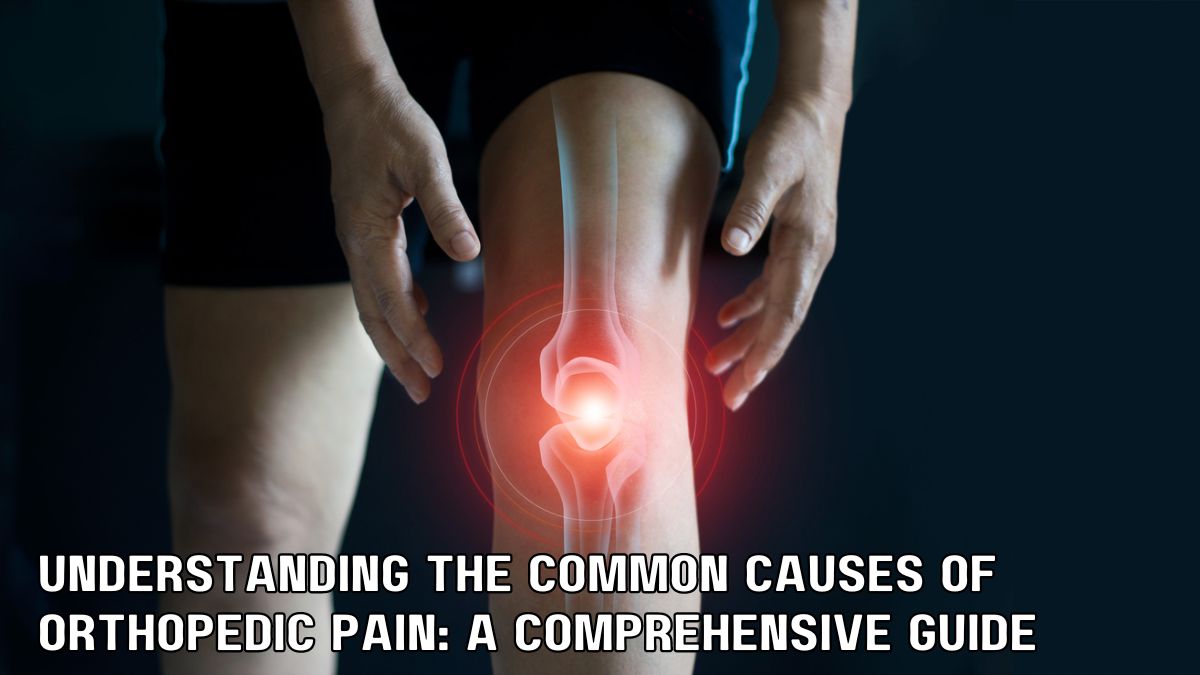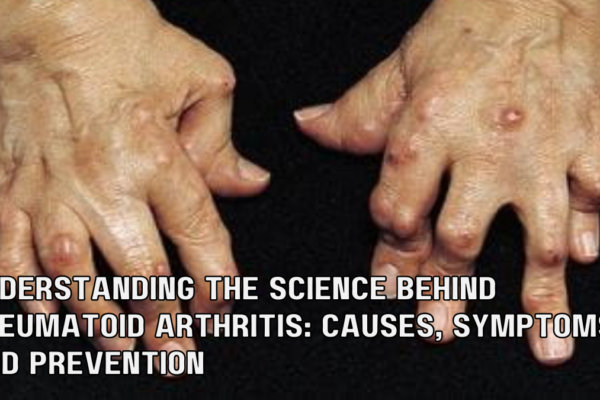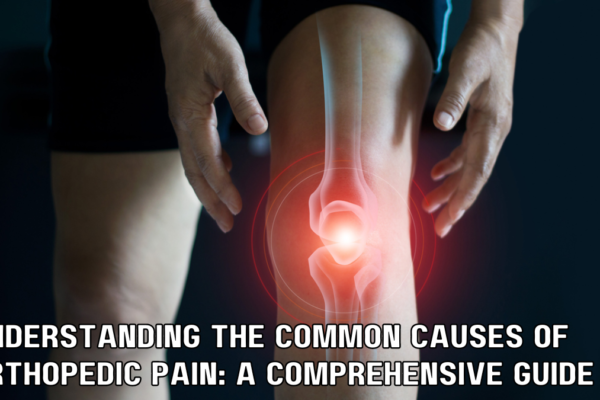Introduction
Orthopedic pain refers to discomfort or pain that affects the musculoskeletal system, which includes bones, joints, muscles, ligaments, and tendons. This type of pain can have a significant impact on a person’s daily life, from limiting mobility to affecting overall well-being. In this comprehensive guide, we will explore the common causes of orthopedic pain, helping you gain a better understanding of the conditions that may lead to discomfort and the potential treatments available.
Arthritis
Arthritis is a prevalent cause of orthopedic pain and can affect people of all ages. It refers to the inflammation of one or more joints and comes in various forms, including osteoarthritis (wear-and-tear of joint cartilage), rheumatoid arthritis (an autoimmune disease), and gout (a buildup of uric acid crystals in joints). Symptoms may include joint pain, stiffness, and reduced range of motion. Treatment often involves medication, physical therapy, and lifestyle changes.
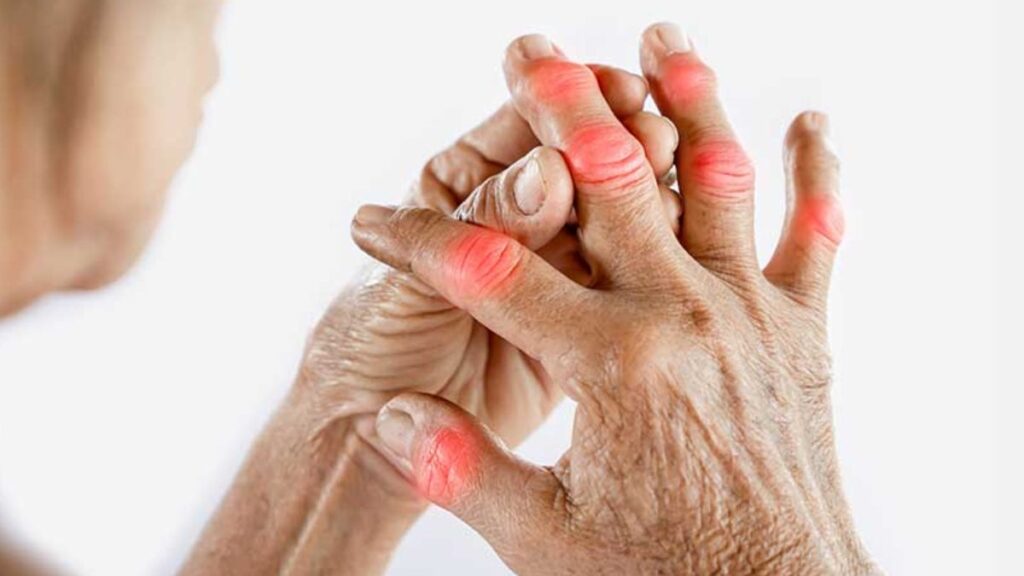
Back Pain
Back pain is one of the most common orthopedic complaints. It can result from a variety of causes, including muscle strains, herniated discs, spinal stenosis, and scoliosis. Treatment options range from conservative measures like physical therapy and pain medications to surgical interventions in severe cases.

Tendonitis
Tendonitis occurs when tendons (the tissue that connects muscles to bones) become inflamed due to overuse or injury. It often leads to pain, tenderness, and restricted movement in the affected area. Rest, ice, compression, and elevation (RICE) therapy, along with physical therapy and anti-inflammatory medications, are commonly used to treat tendonitis.
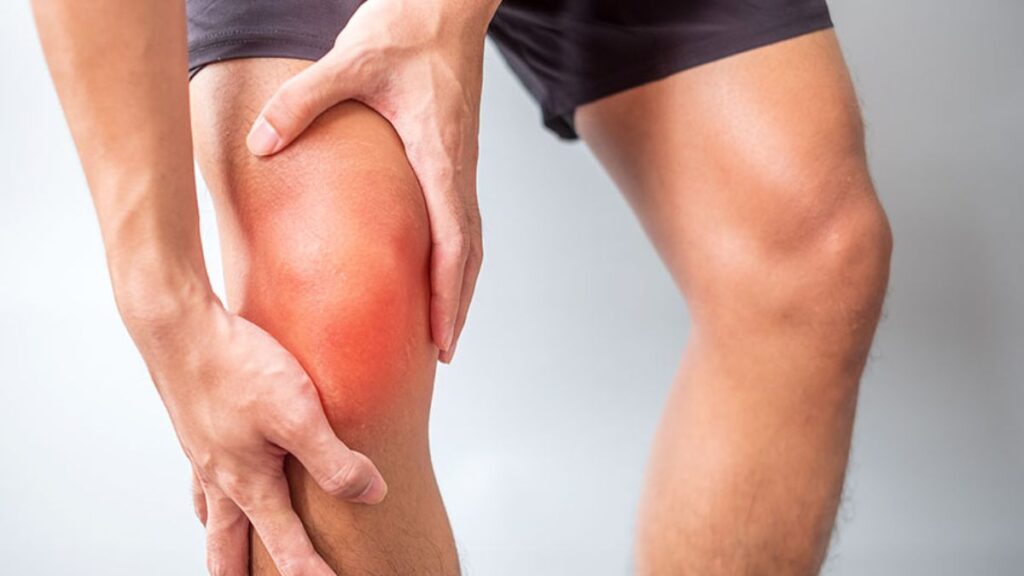
Fractures
Orthopedic pain can also result from bone fractures, which can occur due to accidents, falls, or sports injuries. Fractures require immediate medical attention, and treatment may involve casting, bracing, or surgery, depending on the severity and location of the fracture.

Bursitis
Bursitis is the inflammation of small, fluid-filled sacs called bursae that cushion and reduce friction between bones, tendons, and muscles. Common sites for bursitis include the shoulder, elbow, and hip. Rest, ice, and anti-inflammatory medications are often prescribed to alleviate symptoms.
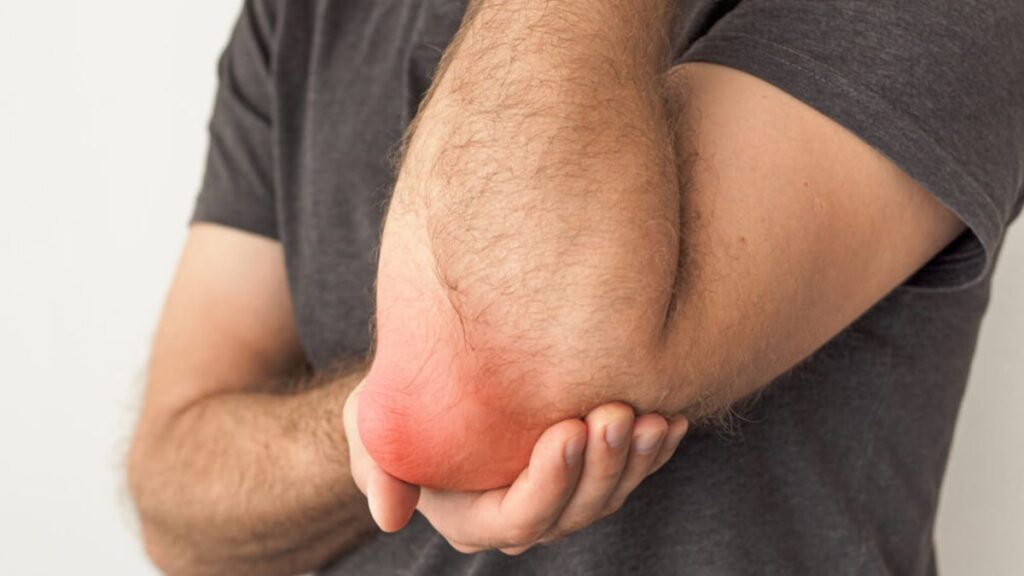
Sprains and Strains
Sprains involve the stretching or tearing of ligaments, while strains involve the stretching or tearing of muscles or tendons. Both can result from overexertion, sports injuries, or accidents. Treatment typically includes rest, physical therapy, and pain management.

Osteoporosis
Osteoporosis is a condition characterized by weakened bones, making them more susceptible to fractures. While it doesn’t typically cause pain directly, fractures resulting from osteoporosis can be painful. Prevention and management strategies include medications, calcium and vitamin D supplements, weight-bearing exercises, and fall prevention measures.

Conclusion
Orthopedic pain can significantly impact a person’s quality of life, but understanding the underlying causes and available treatment options can help individuals effectively manage their pain and regain function. If you are experiencing orthopedic pain, it’s essential to seek medical evaluation and guidance from an orthopedic specialist or healthcare professional. With the right diagnosis and treatment plan, many individuals can find relief and return to a more active and pain-free lifestyle.

